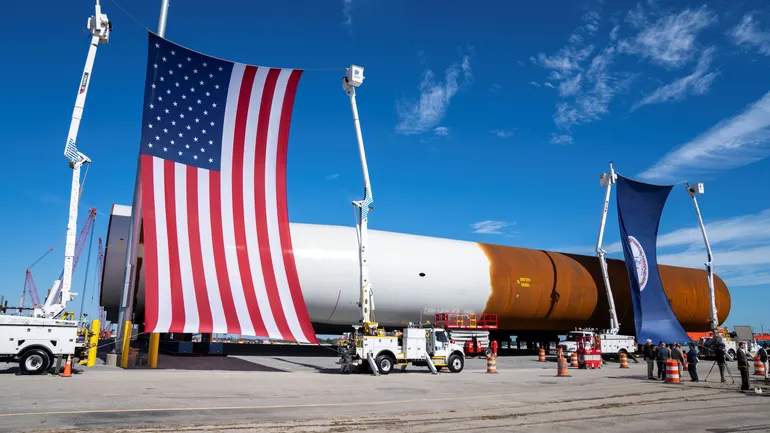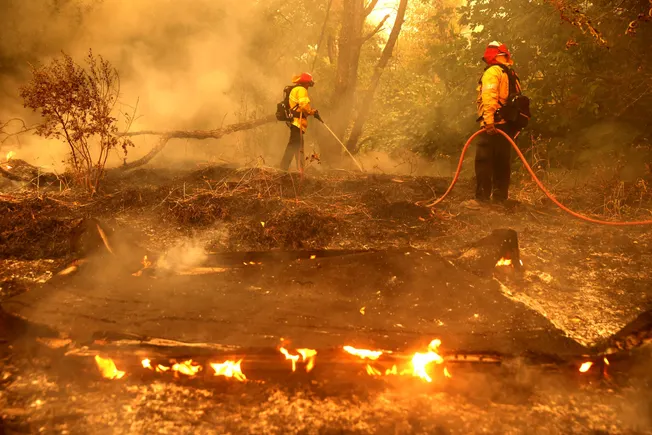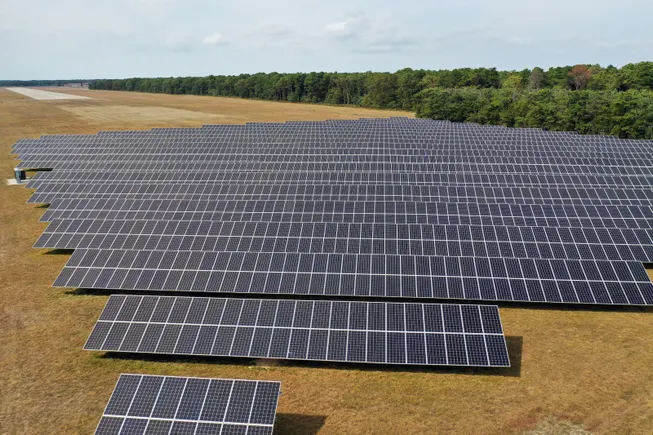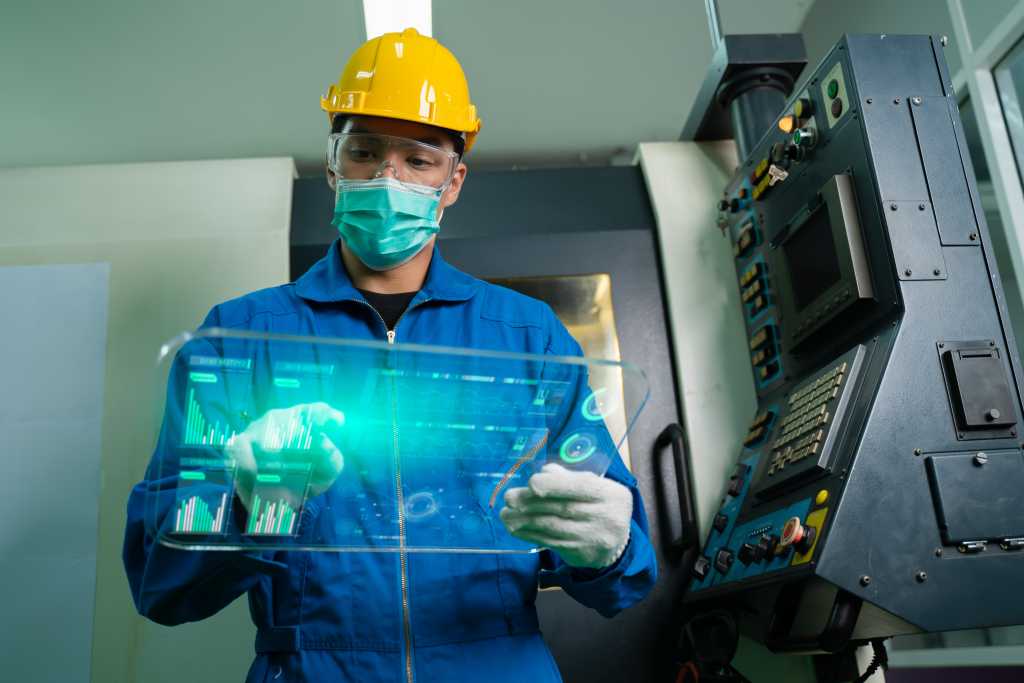
The government of British Columbia has signed a new $145 million (CAD 200 million) contribution agreement with the Haisla Nation to support the development of the Cedar LNG facility with renewable electricity.
The Cedar LNG project is a floating liquefied natural gas (LNG) terminal that will be located near Kitimat within the territory of Haisla Nation, to be constructed in partnership with Pembina Pipeline Corporation. Cedar LNG is scheduled to be operational in late 2028.
The agreement aims to support the Haisla Nation in building a 287-kilovolt transmission line, a new substation, new distribution lines and nearshore electrification, all aimed at providing the infrastructure to enable the project to run on renewable electricity, according to a statement from the provincial government.
The $200 million provided will add to the $200 million in federal support for the facility announced earlier in the year, the statement said.
The facility, which will be built on tribal waters on Canada’s West Coast, will be powered by renewable electricity from utility BC Hydro. It is planned to have a capacity of 3.3 million metric tons per annum. Coastal GasLink Pipeline LP has agreed to supply 400 million cubic feet per day of natural gas via its pipeline, with feed gas coming from the Western Canadian Sedimentary Basin, according to an earlier statement.
“By supporting Haisla Nation to power Cedar LNG with clean B.C. electricity, we’re taking another step in building a stronger economy that’s less exposed to reckless decisions made in the White House,” British Columbia Premier David Eby said. “As the world’s first Indigenous majority-owned LNG facility, Cedar LNG will create more good jobs that support families and give young people a future in local communities and throughout the North, all while generating revenue for the things we all count on, like better health care and good schools across the province”.
“Our vision for Cedar LNG was always predicated on being able to source the cleanest power option to ensure our project delivers LNG with the lowest possible carbon footprint,” Maureen Nyce, Elected Chief of the Haisla Nation, said. “We are grateful to the provincial government for supporting our Nation’s goal of sustainably advancing development in our territory on our own terms and in accordance with our values. In doing so, this government is working toward its objective of reducing B.C.’s overall carbon footprint. When Indigenous communities lead projects as owners, as is the case with Cedar LNG, we are able to ensure that these projects are developed in the most environmentally responsible manner, while generating revenues that enable us to protect our way of life and build long-term prosperity”.
“Cedar LNG is a model for how LNG projects can be developed through innovation and collaboration with First Nations, while also creating good jobs and addressing climate change,” Adrian Dix, Minister of Energy and Climate Solutions, said. “Through this agreement, we are continuing to support economic reconciliation, while creating a more energy-independent province, which is urgently needed during the current global and political climates”.
To contact the author, email [email protected]
WHAT DO YOU THINK?
Generated by readers, the comments included herein do not reflect the views and opinions of Rigzone. All comments are subject to editorial review. Off-topic, inappropriate or insulting comments will be removed.
MORE FROM THIS AUTHOR






















